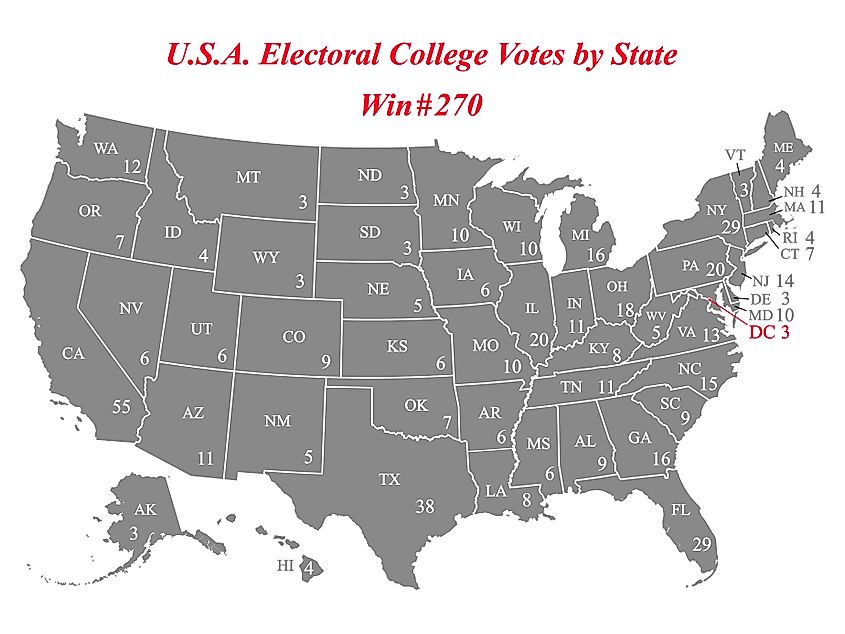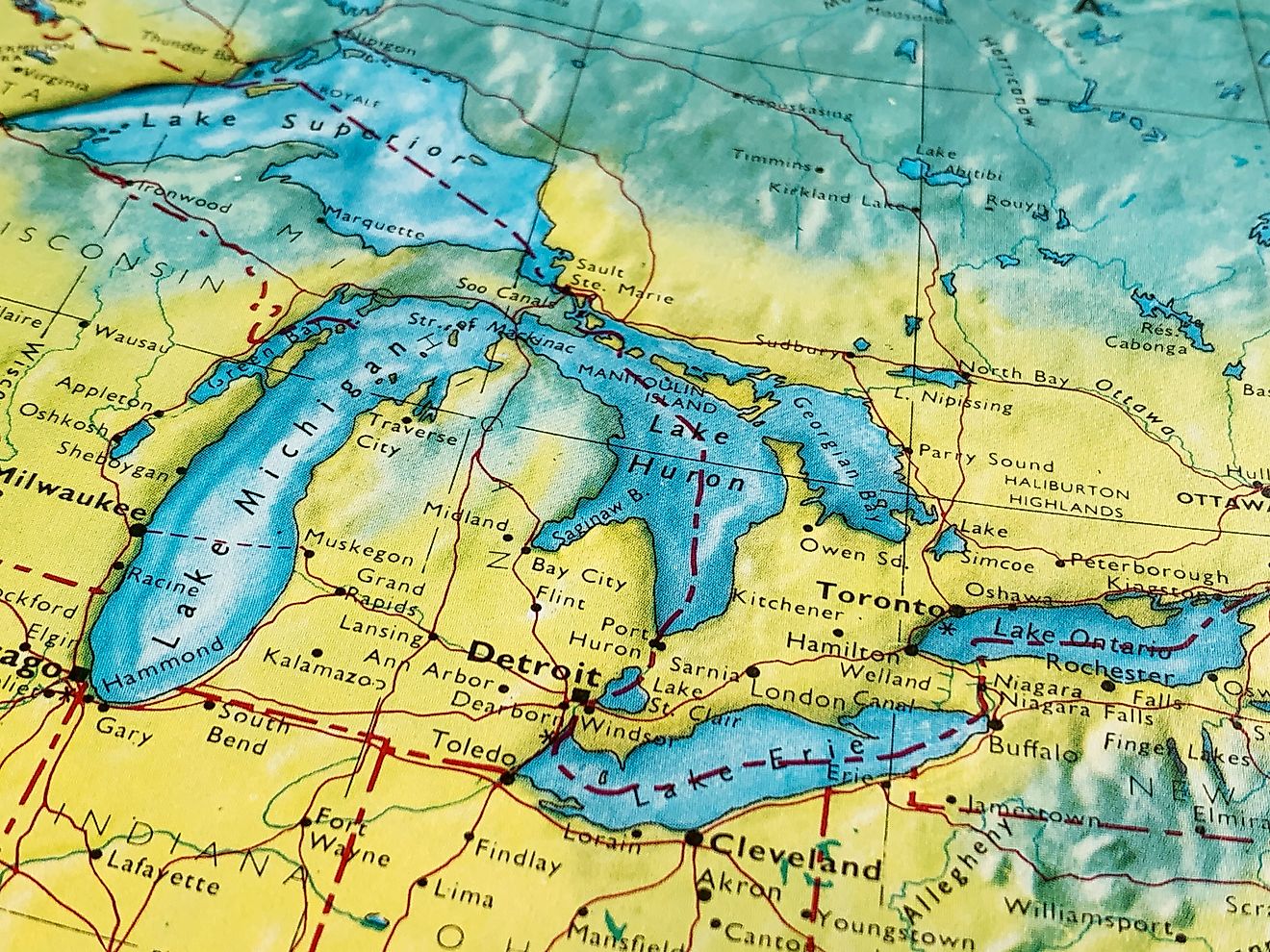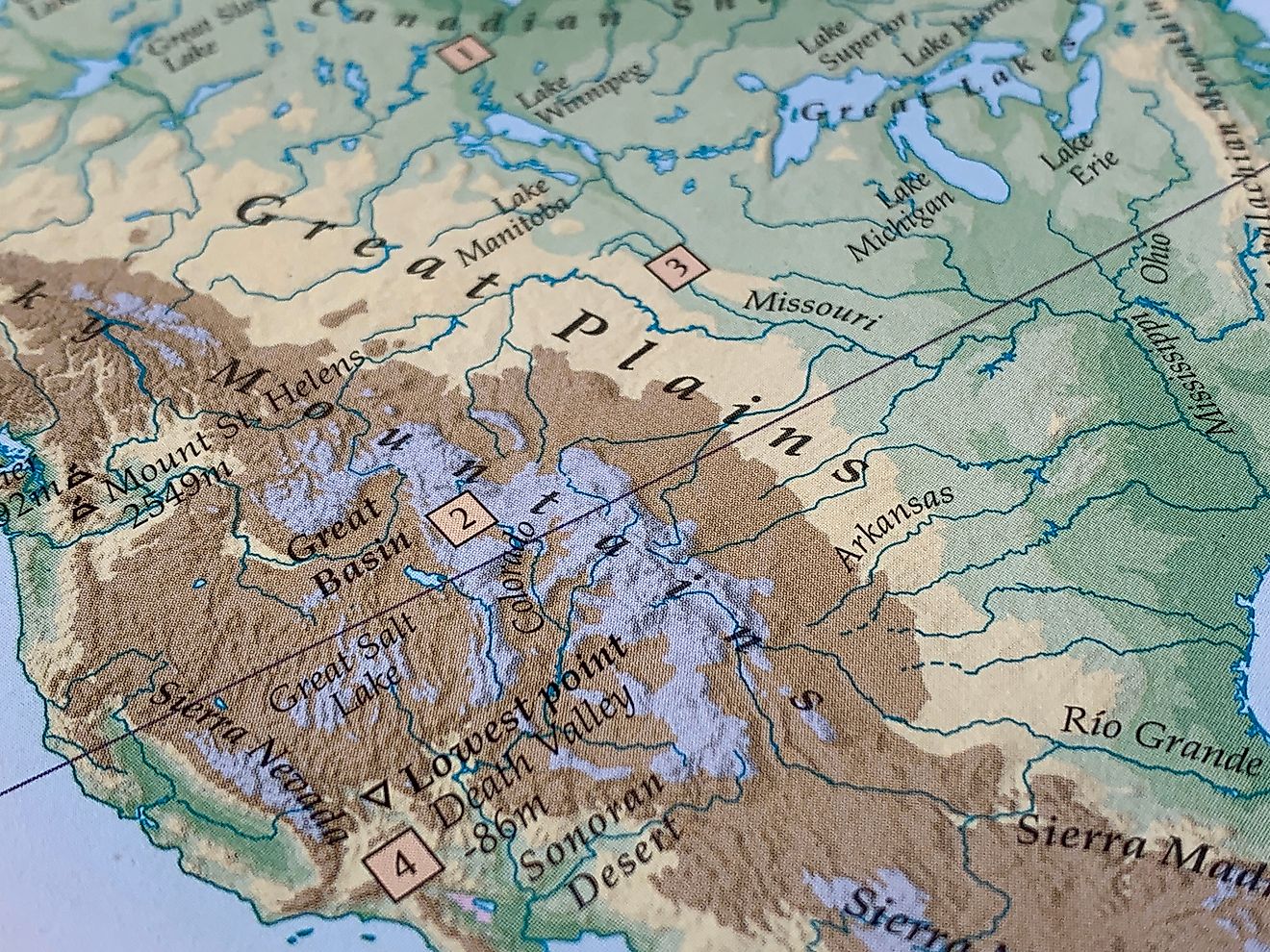
What is The United States Electoral College?
The United States Electoral College, a cornerstone of the American electoral process, is a subject of ongoing fascination and debate. Understanding its mechanics and significance is essential for comprehending the intricacies of US presidential elections.
In the mosaic of American democracy, the Electoral College stands as a pivotal institution, shaping the path to the presidency in ways both profound and complex. Appreciating its function and importance is vital for navigating the nuances of the American electoral system. As discussions continue regarding its effectiveness and fairness, exploring the origins and structure of the Electoral College reveals a story of compromise, practicality, and democratic balance.
Contrary to common misconceptions, the Electoral College is not a static entity but rather a dynamic process deeply embedded in the United States Constitution. Conceived by the Founding Fathers, it emerged as a solution between different methods of electing the President: congressional selection and direct popular vote.
Historical Background

The origins of the Electoral College can be traced back to the drafting of the United States Constitution, a pivotal moment in American history. Crafted by the Founding Fathers, the Electoral College was a compromise between electing the President by Congress or by popular vote. Its purpose was to balance the interests of smaller and larger states while providing a method for selecting the nation's leader.
Over time, the Electoral College system has undergone various adjustments to adapt to the changing landscape of American politics and society. Amendments, legislative changes, and alterations in electoral practices have all contributed to its evolution. From the introduction of party-based nominations to the establishment of procedures for resolving disputed elections, the Electoral College has continuously evolved to address the challenges of modern governance.
Structure of the Electoral College

The structure of the Electoral College is primarily defined by its composition and the allocation of electoral votes.
Composition of Electors:
Each state appoints a number of electors equal to its total representation in Congress, which includes both senators and representatives. The District of Columbia also appoints a set number of electors, as determined by the 23rd Amendment to the Constitution.
Allocation of Electoral Votes:
Electoral votes are allocated to states based on their representation in Congress. Each state receives a minimum of three electoral votes, consisting of two senators and at least one representative. The total number of electoral votes in the Electoral College is 538, with a majority of 270 votes required to win the presidency.
Most states follow a "winner-takes-all" system, where the candidate who wins the popular vote in the state receives all of its electoral votes. However, Maine and Nebraska use a proportional allocation method, where electoral votes are distributed based on the outcome in each congressional district.
The Electoral Process

The electoral process in the United States encompasses a series of steps leading up to the selection of the President and Vice President by the Electoral College.
Primaries and Caucuses:
Political parties hold primaries and caucuses in each state and territory to select their presidential nominees. These contests allow party members to vote for their preferred candidate or participate in discussions to determine delegates pledged to support specific candidates at the party's national convention.
National Conventions:
Each party holds a national convention where delegates formally nominate their presidential and vice presidential candidates. During the convention, party platforms are established, and candidates deliver speeches to rally support.
General Election Campaign:
Following the national conventions, the presidential and vice presidential candidates campaign across the country, seeking support from voters. They participate in debates, rallies, and media appearances to present their platforms and policies to the electorate.
Voter Registration:
Eligible citizens must register to vote in the general election. Voter registration requirements vary by state but typically involve completing a registration form and meeting certain eligibility criteria, such as age and citizenship.
General Election:
The general election takes place on the Tuesday after the first Monday in November. Registered voters cast their ballots for their preferred presidential and vice presidential candidates.
Electoral College:
After the general election, each state appoints a set number of electors to the Electoral College, equal to its representation in Congress.
In December, the electors meet in their respective state capitals to formally cast their votes for President and Vice President. The candidate who receives a majority of electoral votes (at least 270 out of 538) is declared the winner of the presidential election.
Certification of Election Results:
Congress meets in early January to count and certify the electoral votes. The Vice President, in their capacity as President of the Senate, presides over the joint session of Congress. Once the results are certified, the President-elect is officially declared, and preparations for the presidential inauguration begin.
Presidential Inauguration:
On January 20th following the election year, the President-elect is sworn into office during the presidential inauguration ceremony, officially assuming the responsibilities of the presidency.
Criticisms and Controversies

Despite its historical significance, the Electoral College has faced criticism and controversy throughout its existence. Critics argue that it undermines the principle of one person, one vote, as it can lead to scenarios where a candidate wins the popular vote but loses the electoral vote, as seen in the 2000 and 2016 elections. Additionally, the winner-takes-all allocation of electoral votes in most states has been criticized for disenfranchising voters who support minority parties or candidates.
Conclusion
The United States Electoral College stands as a unique institution in the landscape of democratic governance, embodying both the aspirations and complexities of American democracy. While it serves to balance the interests of states and ensure a degree of stability in presidential elections, its winner-takes-all nature and potential to diverge from the popular vote have sparked considerable criticism and debate. As discussions about its future continue, citizens need to understand the Electoral College's function and its implications for representative democracy.







